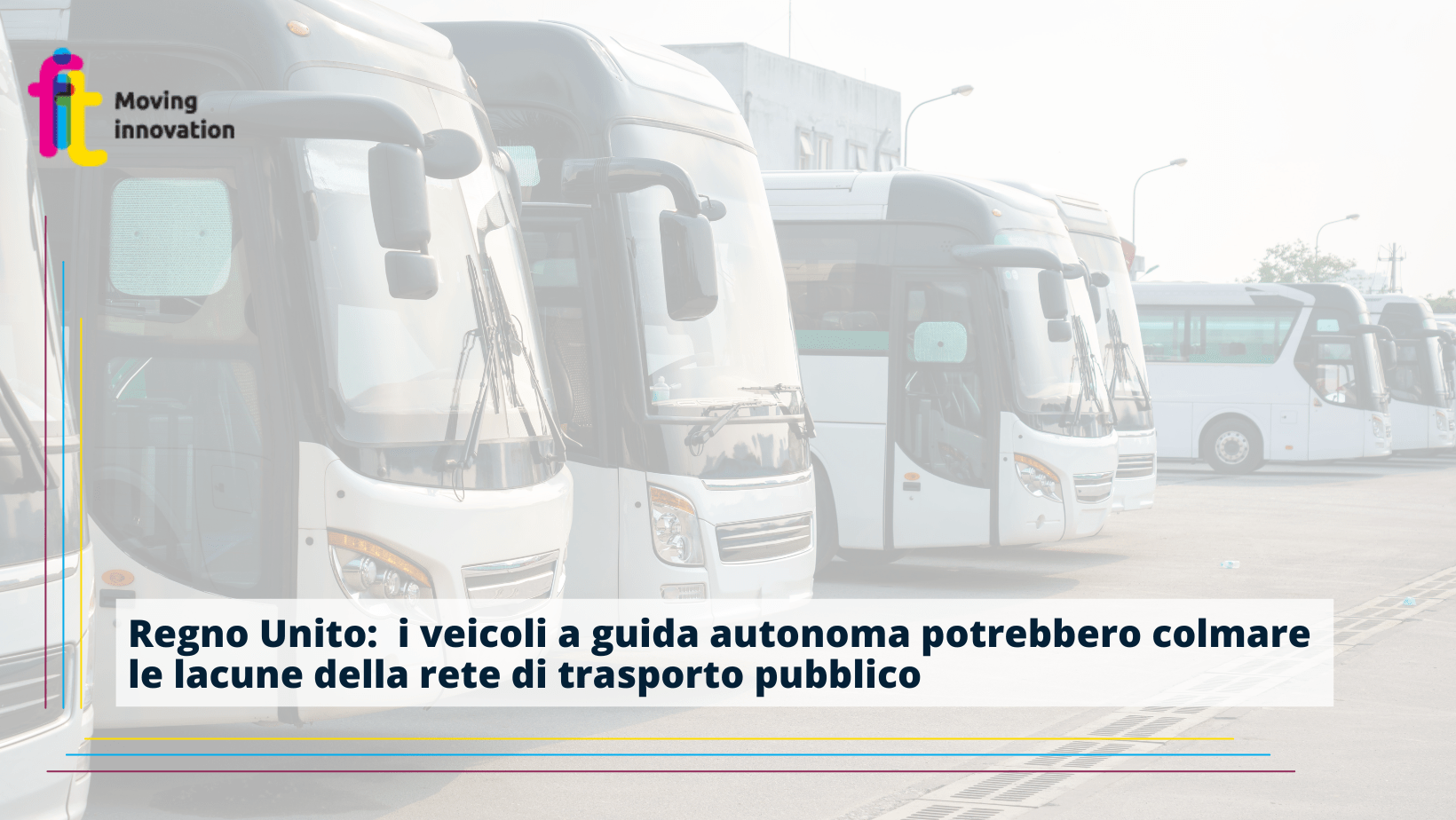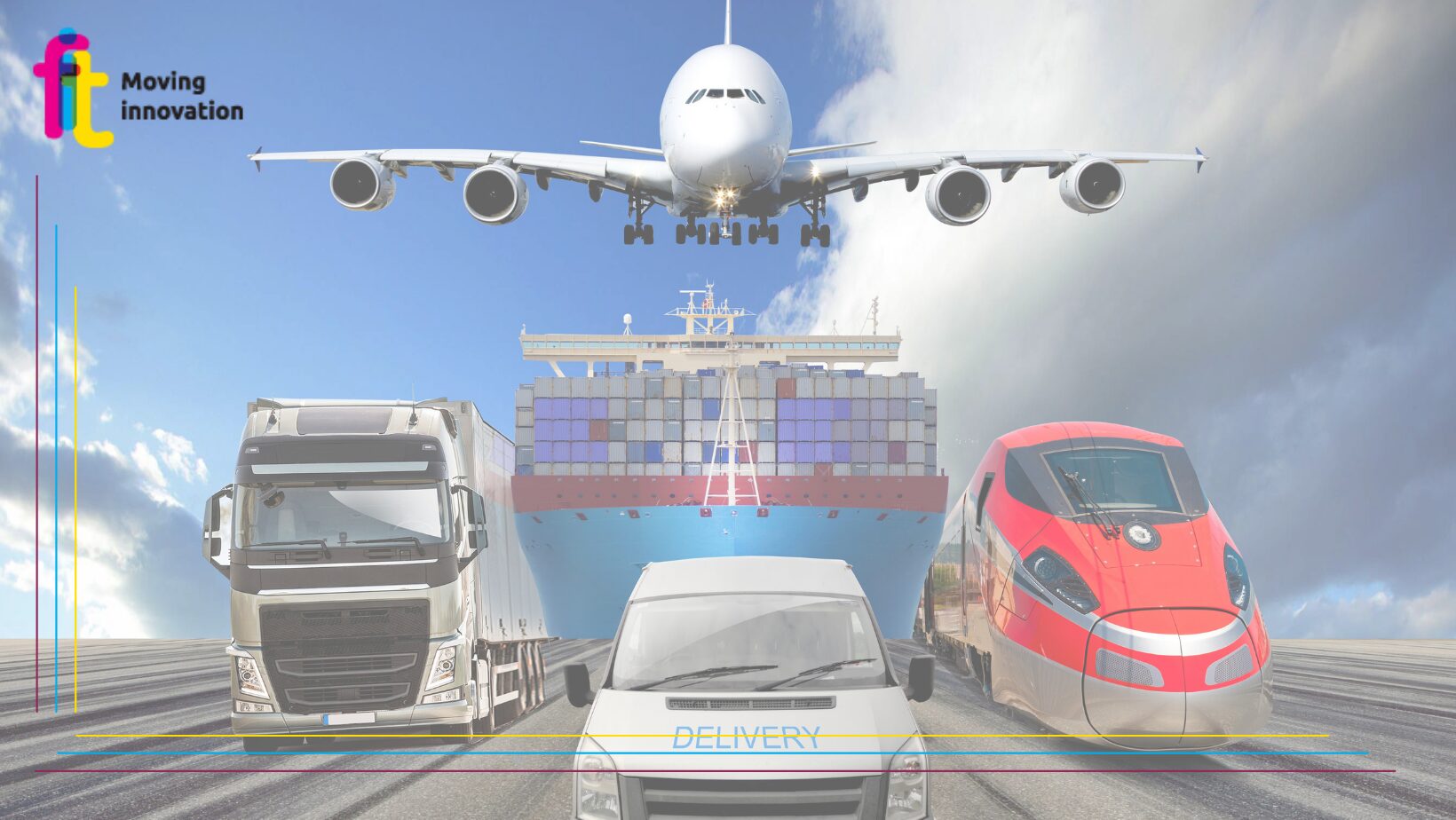Autonomous driving vehicles could be used for filling gaps in the UK public transport networkaccording to the results of a new study conducted by the UK government through the Department of Transport (DfT) which involved testing self-driving vehicles for transporting people in three different areas: a rural area, a town and a city centre, namely in Alnwick, Northmberland, the Etihad Sports Complex in Manchester and the town of Taunton, Somerset.
The survey, the first of its kind in the UK, therefore involved exposing three different groups of users to low, medium and high levels of information on SDVs, then conducting a separate national survey as a control.
The results of the survey
The results of the survey showed that 72 per cent of people believe that self-driving vehicles could be used to improve transport links, particularly in rural areas and especially at evenings, nights and weekends, through the creation of shuttle services between smaller villages and railway stations. Survey participants also said they believed that self-driving vehicles (SDVs) could be used to reduce congestion and stimulate the economy.
Almost a quarter (24%) of the people who participated in the national survey also stated that they thought vehicles could improve public transport connections, a percentage that rises to 63% in the medium-information group and 46% in the high-information group. Both groups were given test rides in the vehicles.
Users’ concerns about autonomous driving
However, there is also no shortage of concernsby citizens on the service and use of fully autonomous driverless vehicles: the security indeed seems to be the greatest concern of users, along with the possibility of losing jobs e too high start-up costs for municipalities already experiencing economic difficulties.
Almost a third (32 per cent) of the participants said they did not feel comfortable using self-driving public transport and a similar percentage (36 per cent) did not feel comfortable sharing the road with one. One fifth (20%) also stated that they thought self-driving vehicles would make public transport worse, while 14% thought it would make no difference.
Autonomous driving in the UK
However, it should be remembered that self-driving vehicles are not currently allowed on UK roads, despite the fact that some vehicles – such as Teslas – already have this technology built in. The government is therefore reviewing SDV technology and a legal framework for its use on UK roads is expected to be in place by 2025.
Last January, for the first time in the UK, passengers were able to travel on a self-driving bus: a group of 22 volunteers took a test trip across the Forth Road Bridge near Edinburgh. The experiment was part of the CAVForth project, which said it would run five self-driving buses starting in the spring. In August last year, the British government announced a £100 million investment with the aim of bringing self-driving vehicles to UK roads by 2025.
Source: Sky News








